Building Management Tools
Building Management Tools
A property manager is in charge of many things. They make sure that everything runs smoothly in a building, from making sure that people have a nice place to work to making sure that complicated mechanical systems work well. In today’s tech-driven world, many building management tools have come out to give property managers more power and make these important tasks easier.
Learning About Facility Management
Facility management, or FM, is the job of taking care of a building so that it works. This includes routine maintenance, allocating room, managing utilities, and making sure that people inside are safe and comfortable. In the past, FM depended on spreadsheets and manual processes, which made maintenance less effective and more reactive.
A Tech-Enabled Approach to Building Management Tools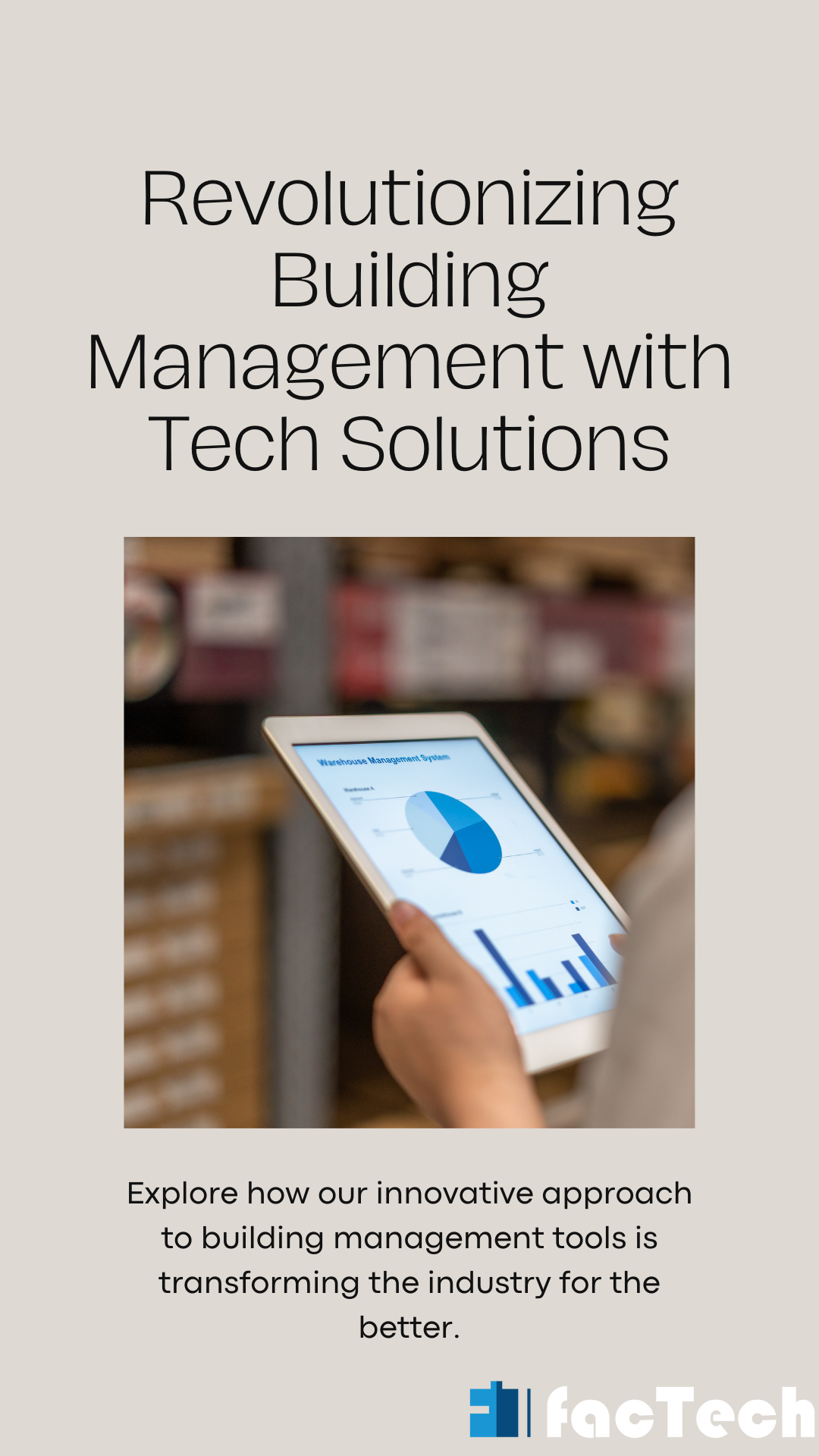
Today’s building control tools have digitally changed FM. Take a look at these important groups:
A computerized maintenance management system, or CMMS:
A CMMS keeps information about equipment, plans preventative maintenance, and handles work orders. It is thought to be the most important part of FM software. This proactive method cuts down on downtime and makes equipment last longer.
Read more:
Building Automation System (BAS):
A BAS, which is also called a Building Management System (BMS), manages and handles different parts of a building, such as the lighting, security, and HVAC. It lets tracking, optimization, and changes that save energy be done from one place.
Imagine a building that changes the temperature and lights based on who is in it, uses less energy during off-peak hours, and sends alerts when equipment might break down. This is how a BAS and building control tools work together to make magic happen. Here is a list of the most important parts:
Sensors: These are the BAS’s eyes and ears; they pick up information about temperature, humidity, light levels, and occupants.
Controllers: These are the system’s brains. They take in data from sensors and use pre-programmed rules and formulas to turn on different building systems.
Visualization: Key data like energy use and equipment status are shown on real-time dashboards.
Analytics: Tools to find patterns, improve system speed, and guess what problems might happen.
Now is the time to build automation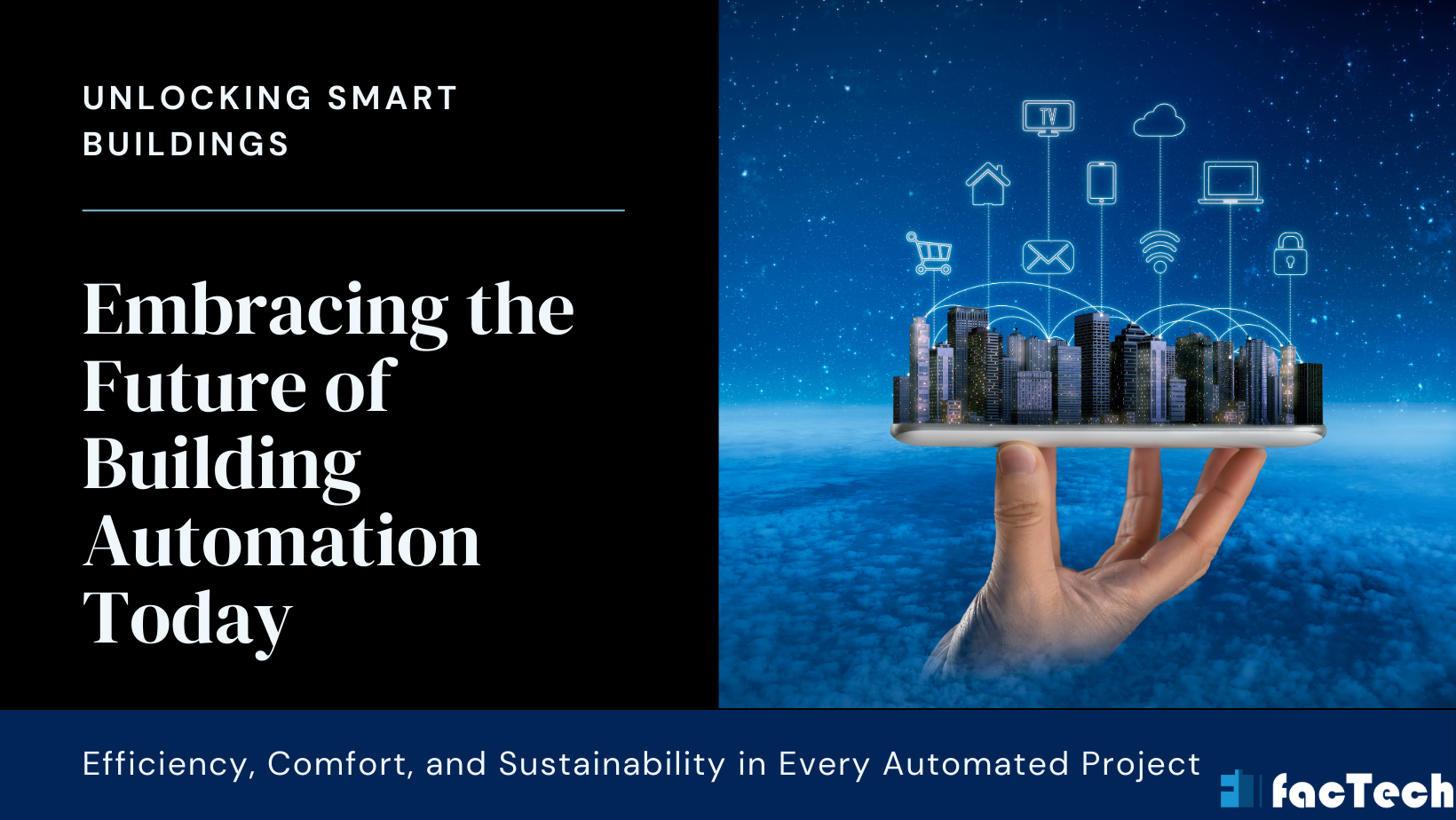
Building control tools are changing the way we run buildings. These tools use automation and data analysis to make houses smarter, more efficient, and more environmentally friendly in the future. As technology keeps getting better, we can expect even more advanced tools for managing buildings that will make operations run more smoothly and improve the experience of building occupants.
Software for managing space:
This software helps you get the most out of your room. It helps building managers keep track of which areas are being used, run desk hoteling or room booking systems, and make plans for when they will need more space in the future.
The workplace management system (WMS):
A WMS does more than just handle space. It has tools for managing visitors, scheduling amenities like meeting rooms and parking, and collecting feedback from employees. This makes the workplace more linked and productive.
System for managing inventory:
It can be hard for building managers to keep track of all the goods all the time. There are a lot of things to keep track of, like cleaning supplies, extra parts, tenant move-in kits, and holiday decorations. Don’t worry, though; there are tools for building management that can make managing your goods easier and save you time, money, and stress.
Why managing inventory is important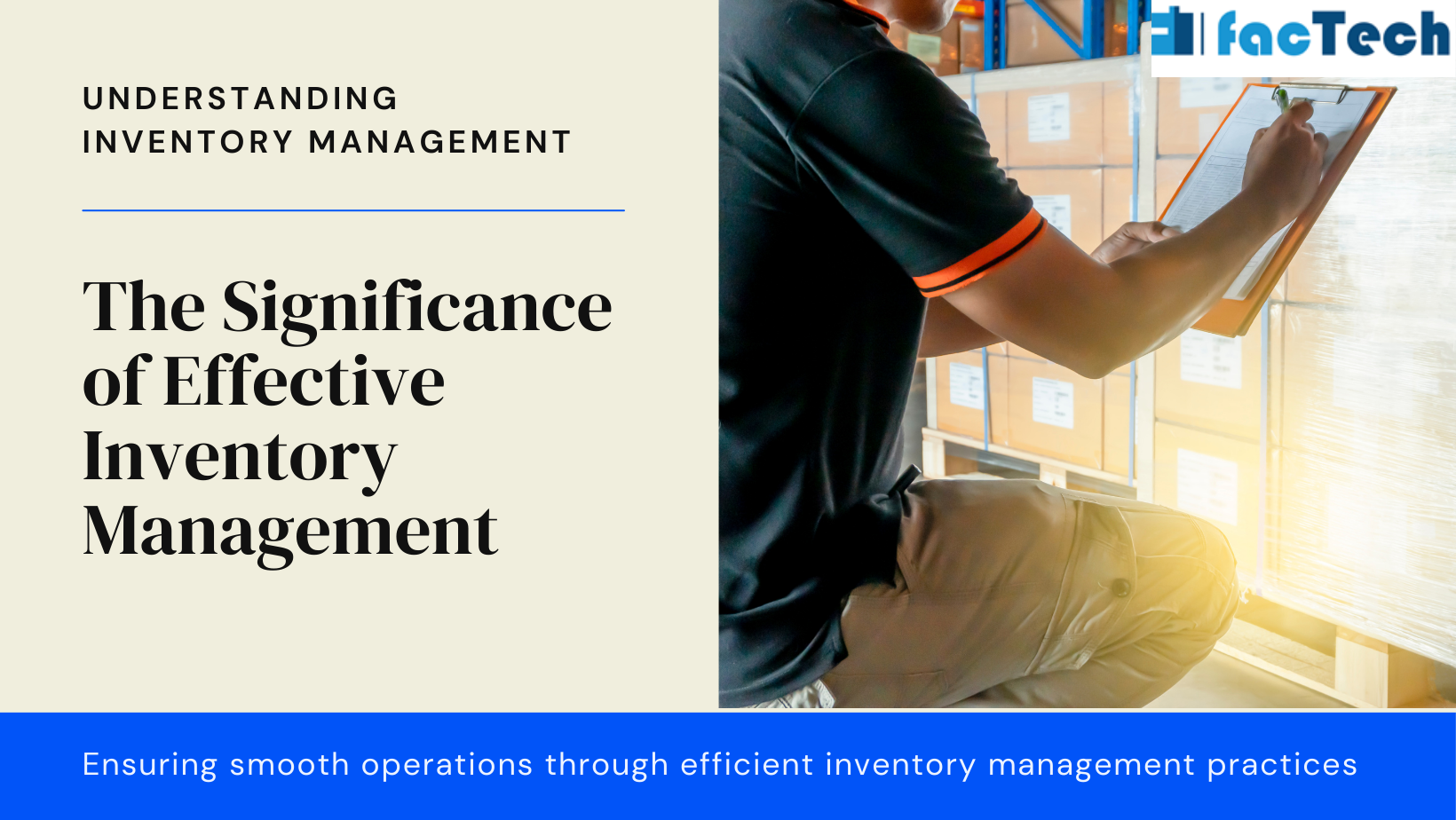
Building managers can get a lot out of good material management, including:
Cost savings: If you keep an eye on your stock, you can avoid having too many goods that may go bad or stop being useful. You can also find places where you can make more purchases at once to get better deals from sellers.
Efficiency: When you need to find something quickly, knowing exactly where everything is kept saves you time and effort. Also, automated reordering takes away the chance of running out of important goods at a crucial time.
Better Decision-Making: Inventory management software gives you useful information about how things are used, which helps you decide what to buy next.
Putting together tools for managing inventory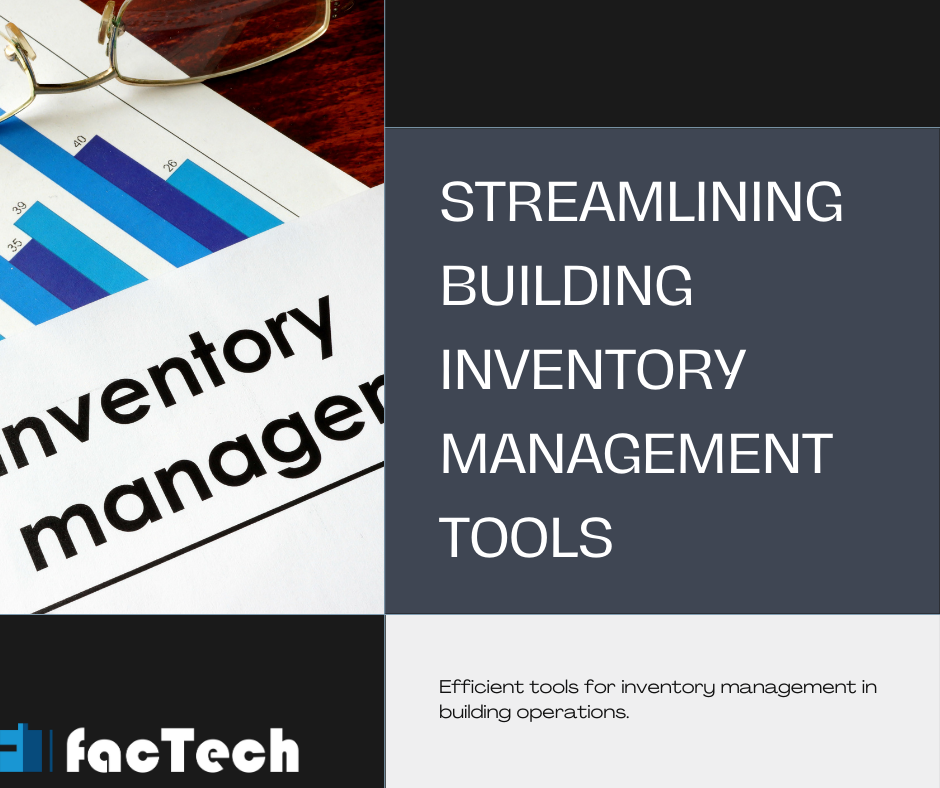
Several tools are available to help you successfully manage the inventory in your building:
Inventory Management Software: This specialized software can keep track of stock amounts, make purchase orders, and set points at which you need to reorder. Some of them work with accounting tools so that managing money is easy.
Spreadsheets: Spreadsheets aren’t as advanced as specialized software, but they can work for smaller businesses or those with less product. But entering data by hand can take a long time and lead to mistakes.
Readers for barcodes: Barcode technology makes it easy to keep track of inventory things quickly and accurately, which speeds up stock checks and cycle counts.
How to Pick the Right Tools
The best inventory control system for your building will depend on a number of things, such as:
How big and complicated your building is: Dedicated software is likely to help bigger buildings with more goods more.
Money plan: Inventory management tools can cost a lot of money or very little. Before making a choice, look at the cost-benefit comparison.
Your technical know-how: Different pieces of software are easier to use than others. Pick one that is simple to learn and use for you and your staff.
Best Practices: More Than Just the Tools
To make sure you handle your inventory well, in addition to using the right tools, here are some best practices:
Regular Audits of the Inventory: Check the actual inventory regularly to make sure it is correct and find any problems.
Set up reorder points: You can set a minimum amount of stock for each item so that it will be reordered automatically before it runs out.
Set up a system for clear labeling: Label all of your inventory things clearly so they are easy to find and identify.
Teach Your Staff: Make sure that everyone on your staff knows how to use the method you choose correctly and knows how important it is to keep track of inventory.
You can get a better handle on your inventory, save money, and get more time to work on other parts of handling your building by using these tips and the right building management tools.
Pros of Using Building Management Tools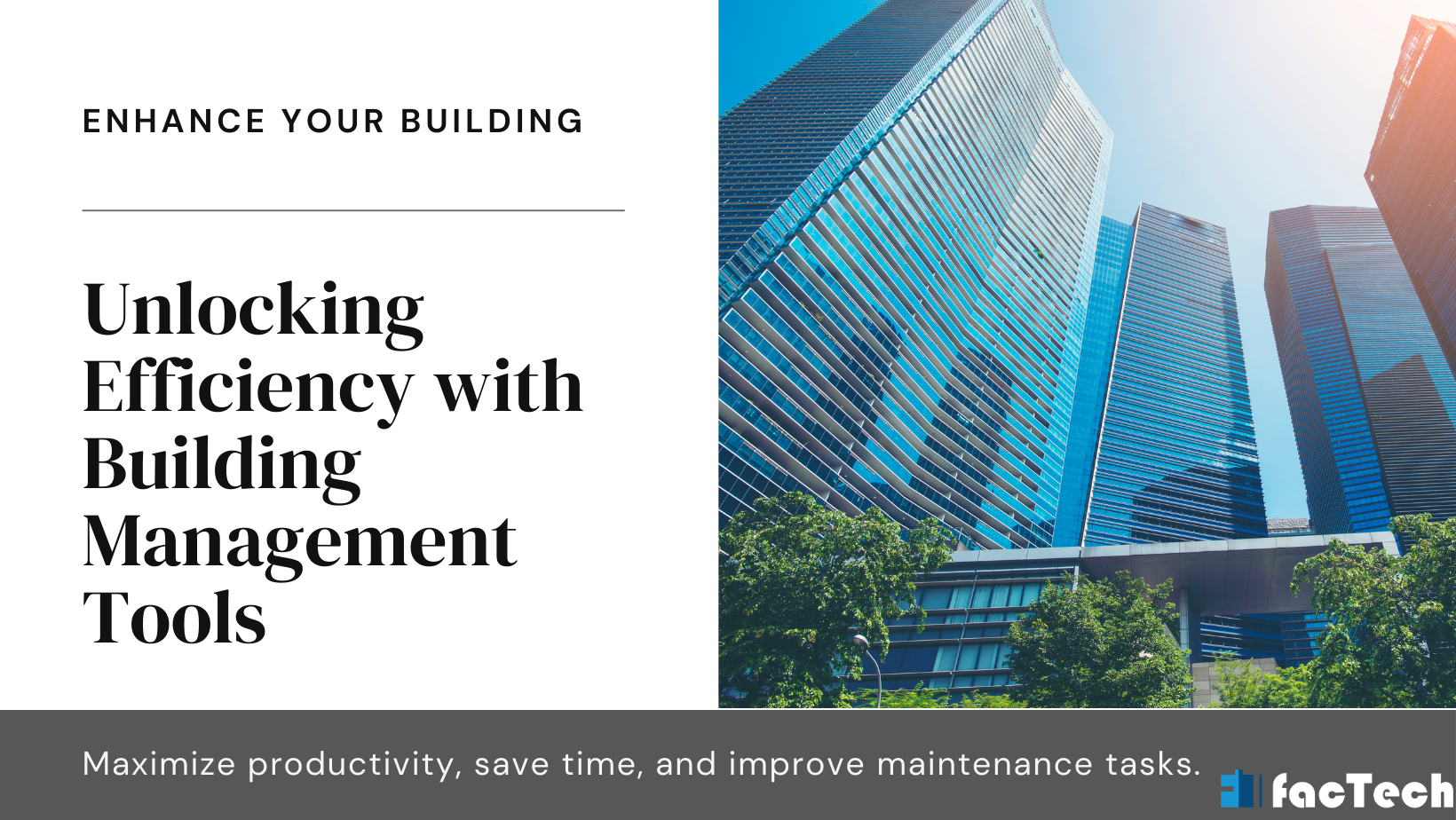
There are many benefits to using these tools, such as:
Increased Efficiency: Facility managers can make better choices and use resources more efficiently with the help of streamlined workflows, automated tasks, and real-time data access.
Lower Costs: Preventive repair lowers the chance of breakdowns and makes equipment last longer. Utility costs can be cut by a lot with energy management tools.
Improved Occupant Experience: A warm, well-kept workplace with amenities like easy space booking makes workers happier and more productive.
Data-Driven Decision Making: Tools for managing buildings collect useful information about how room is used, how much energy is used, and the history of repairs. This information helps with planning, budgeting, and long-term plans for managing facilities.
Better Comfort: Keep the temperatures and lighting levels stable and comfortable for the people living there.
Better Maintenance: Finding possible equipment failures ahead of time lets you do preventative maintenance, which cuts down on downtime and repair costs.
Streamlined Operations: For better building management, automate jobs that are done over and over again and gain central control.
How to Pick the Right Tools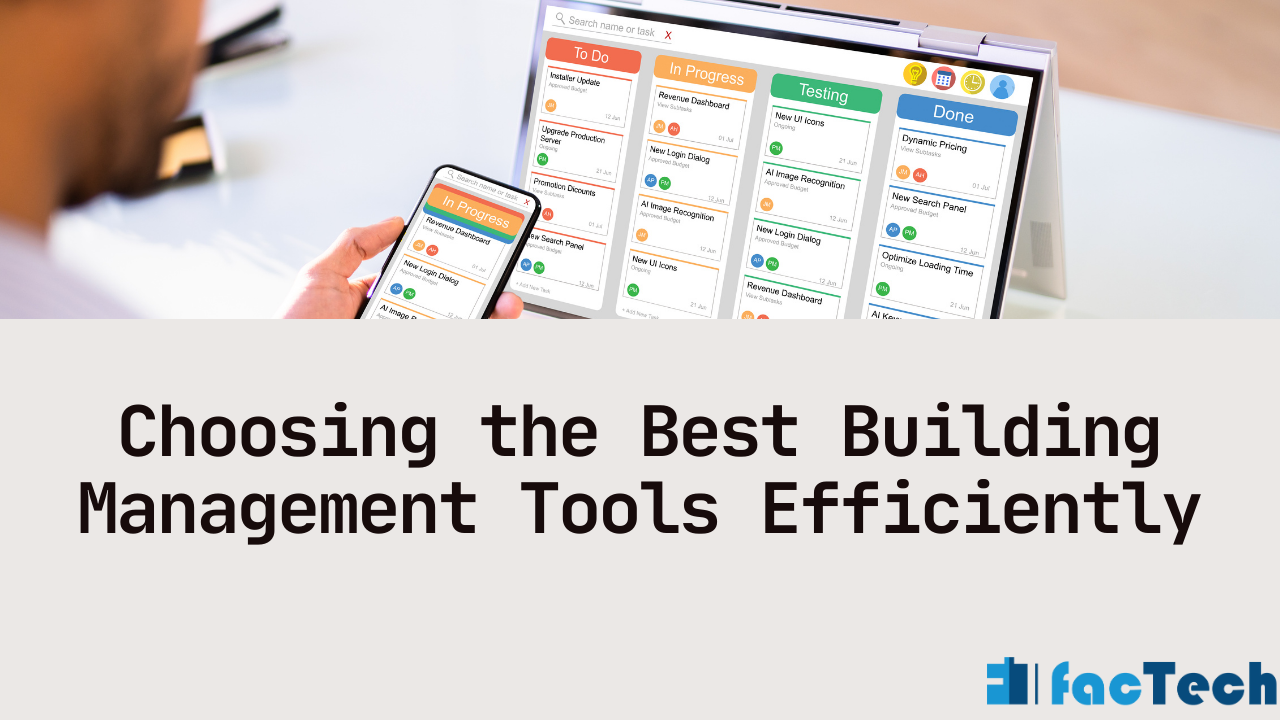
The best set of tools for managing a building relies on what the building needs. Here are some things to think about:
Size and complexity of the building: Tools that are more complete will be needed for bigger buildings with more systems.
Wanted Features: Figure out which features are most important for your building, such as advanced energy data or integrated security management.
Size: Pick a method that can adapt to your needs as the building changes.
Interface: Make sure that building managers and service staff can easily use the software.
What’s Next for Building Management?
There’s no question that technology will shape the future of building management. Internet of Things (IoT) and artificial intelligence (AI) will likely be used together more in the future. IoT monitors will give us real-time information about the health of our equipment, predictive maintenance will get smarter, and AI-powered systems will make sure that buildings run at their most efficient and environmentally friendly levels.
By using building management tools, site managers can change from solving problems after the fact to planning ahead, making sure that the building is comfortable, functional, and cost-effective for everyone who lives or works there.
Contact us for a free demo of how our expertise can help you achieve your business goals to the best.











